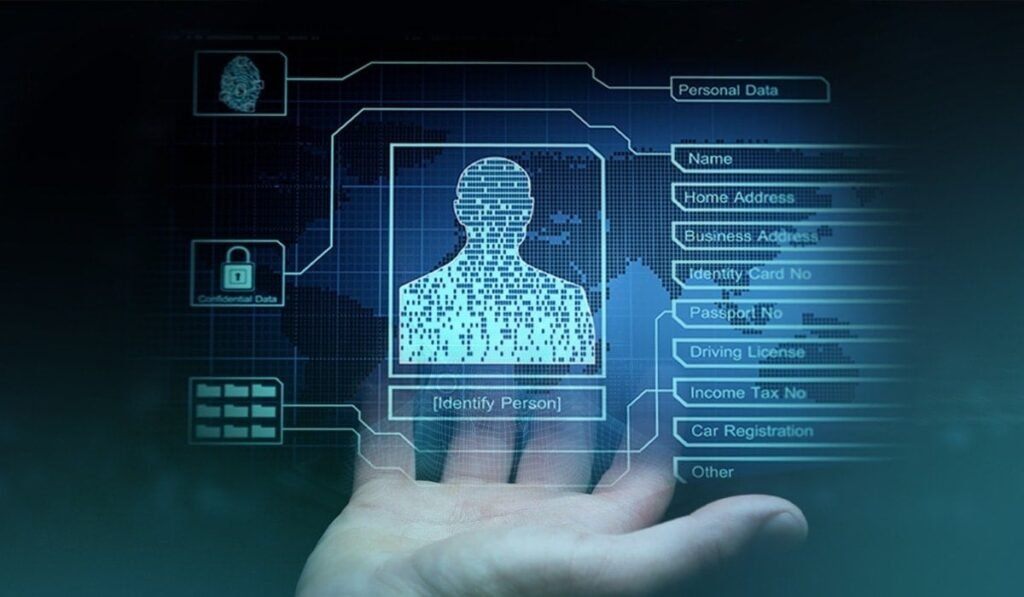As extra points of our lives transfer on-line, the best way we confirm id has shifted quickly. From biometric scans on smartphones to two-factor authentication for banking, digital instruments have gotten the norm. However on this digitally authenticated world, bodily identification hasn’t pale into obscurity. In truth, it nonetheless performs a vital and evolving position in how we safe and streamline entry to bodily and digital areas alike.
Bodily IDs—corresponding to worker badges, scholar playing cards, and government-issued credentials—provide one thing digital techniques alone can not: on the spot visible verification. Whereas digital authentication occurs behind the scenes, a bodily ID supplies a fast, human-readable layer of belief. A safety guard can look at a badge and instantly decide entry rights, while not having to seek the advice of a tool or software program.
In workplaces, faculties, and healthcare settings, bodily ID playing cards are additionally used as multi-functional instruments. They open doorways, clock time, unlock printers, and even handle cafeteria purchases. These makes use of mix bodily presence with safe digital entry, making a hybrid system that helps operational effectivity.
The rise of safe, on-demand ID manufacturing has helped maintain the relevance of bodily IDs. With compact, user-friendly dtc printers, organizations can difficulty high-quality identification playing cards shortly and affordably. DTC (direct-to-card) printing expertise permits for fast personalization, making it simpler to onboard new staff or college students immediately. Playing cards can embrace photographs, barcodes, magnetic stripes, or RFID chips, supporting each conventional and good entry techniques.
Safety stays one other main purpose for the continued significance of bodily IDs. Even essentially the most superior digital platforms are weak to hacking, phishing, and breaches. A well-designed bodily credential provides an additional layer of assurance. Many organizations pair bodily ID playing cards with biometric or PIN-based techniques to create two-factor authentication for entry to delicate areas.
Furthermore, bodily IDs have a tangible high quality that digital credentials lack. They convey standing and belonging—consider an official-looking workers badge or a membership card. In a company or institutional setting, a bodily ID reinforces model id and neighborhood. This psychological dimension nonetheless issues in an period dominated by screens and apps.
There are additionally sensible situations the place digital id techniques fall brief. In areas with restricted web entry or for occasions with giant crowds, scanning a QR code will not be possible. A lanyard badge with a reputation, position, and firm brand nonetheless supplies the clearest option to set up id on the spot.
As expertise continues to evolve, bodily IDs should not going away—they’re adapting. Future IDs will doubtless combine extra superior options corresponding to embedded NFC chips, dynamic information shows, or environmental sensors. However the core utility stays: they provide quick, human-readable, safe identification that bridges the bodily and digital worlds.
On this blended panorama, bodily ID is much less about being outdated and extra about being foundational. Supported by environment friendly dtc printers and built-in with good entry techniques, bodily credentials proceed to function an important touchpoint in a world more and more formed by digital belief.
